
Enhancing services to address community needs in Mental Health, Substance Use, and Suicide Prevention
Country to Coast, QLD has been working closely with local health partners, community members and health care providers to design a new model of service delivery for primary care mental health and wellbeing services.
Our vision is to establish a person-centered system, where every individual in the region, particularly those with the most significant needs, can access timely, appropriate care and have a voice in determining the types of services available.
Our investment in mental health, alcohol and other drugs, and suicide prevention services has been increasing year on year, though health needs data indicates that our communities still face significant issues.
Across our region, rates of mental health, suicide and substance use disorders are higher than the state and national average, with extensive impacts on families and carers, and our healthcare services.
- In the past six years, though total funding has increased 24% from 2017/2018 to 2023/2024, the prevalence of mental and behavioural conditions is notably higher in our region (23,056 per 100,000) compared to Australian averages (20,084 per 100,000).
- Our regional population has higher rates of alcohol consumption and related hospitalisations, coupled with significantly higher hospitalisation rates for intentional self-harm, than state and national averages.
- Rates of illicit drug use are significant.
Central Queensland, Wide Bay, and Sunshine Coast regions also face unique challenges in addressing mental health, suicide and substance use disorders, due to geographical diversity, demographic composition, industry variations, and healthcare system dynamics.
- The broad regional footprint can make it difficult to access services, especially in remote and rural areas.
- Our priority populations of First Nations communities and youth require tailored approaches to service delivery.
- Varied industries across our region, including mining, agriculture, and tourism, influence the mental health and wellbeing of the workforce and communities that support them.
- Differences in income and socio-economic status can affect access to healthcare.
These factors are driving our reform efforts to boost early intervention and prevention pathways and ensure community-based treatment services respond to local needs.
Responding to the challenges of our region requires us to think differently about the types of services we need and how they are delivered. Through our mental health services reform process, we have worked closely with health providers and community members, including people with lived experience, to identify issues with current services and how people can more easily access the support they need.
Project stages
Learn more about Better Connect. View the webinars below where EACH outlines services the Hubs and Spokes offer, explains how to access services as a referrer or community member and introduces the Better Connect service providers.
From 1 October 2024, a new networked model for MHAODSP services funded by Country to Coast, QLD, is operating across the Central Queensland, Wide Bay, and the Sunshine Coast.
With the inclusion of the 4 MHAOD Hubs and 16 Spoke sites coordinated by EACH, there are 50 service points across the region, including the four adult Medicare Mental Health Centres operated by Wellways, eight headspace centres, dedicated First Nations services, and the centralised Medicare Mental Health phone support service.
Anyone seeking mental health support can freecall Medicare Mental Health on 1800 595 212 number or visit one of the in-person sites for advice and assistance in finding the most appropriate care pathway for their needs.
This new networked service model addresses community feedback about the complexity of navigating the historically fragmented mental health system by introducing a ‘no wrong door’ approach. Regardless of where they begin their help-seeking journey, residents can access free assessments, advice, and referrals to free or low-cost services.
Download Country to Coast, QLD’s MHAODSP Networked Services Map.

Our goal with this reform is to make real, lasting changes in the way we approach mental health and substance use in our community. Here's what we're working towards:



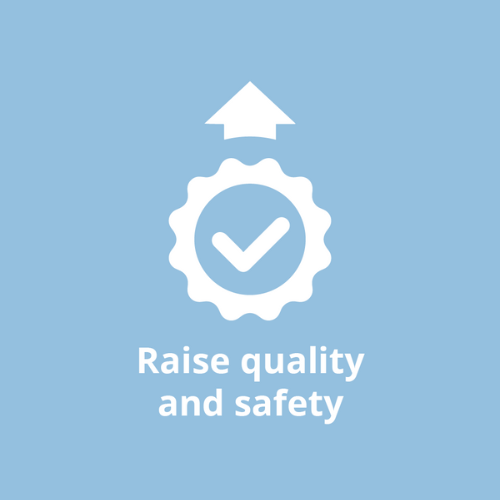
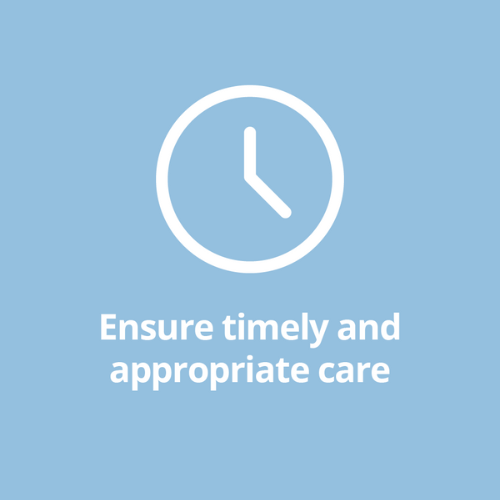
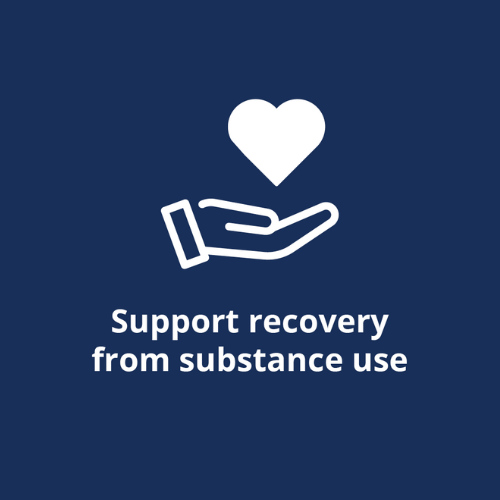

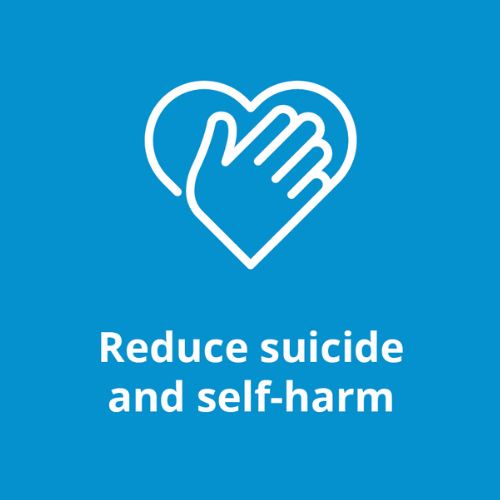
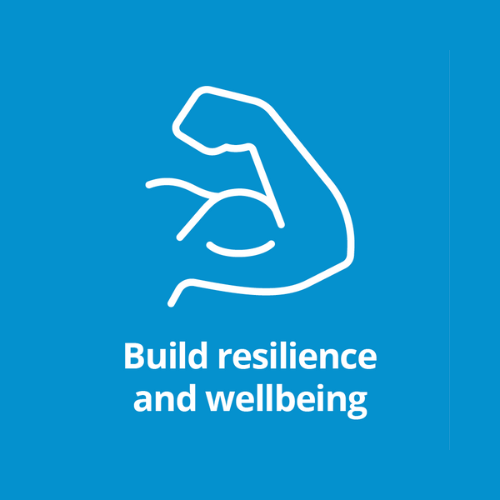

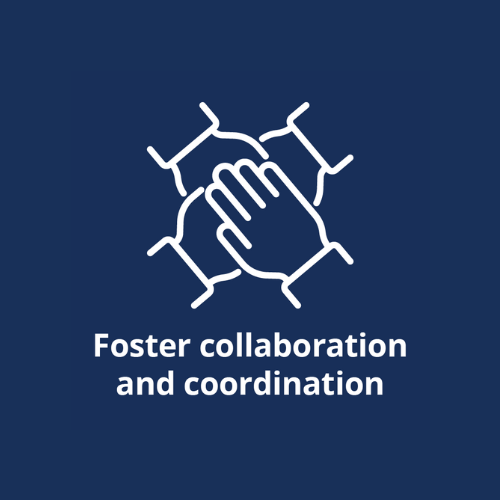
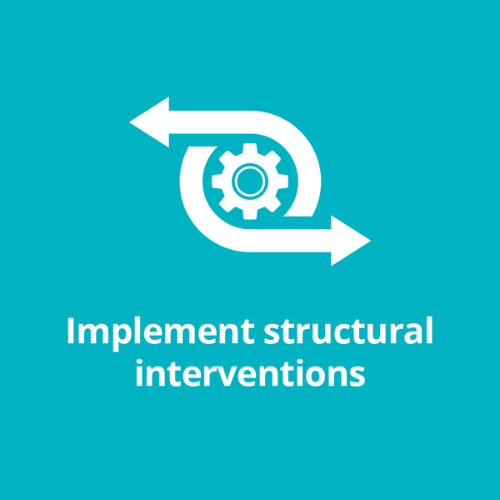
FAQ
As part of the reform process, some previous providers were decommissioned. From July to October 2024, we worked closely with providers to ensure a smooth transition for any one receiving services or those who had just been referred. Clinical Care Navigators, appointed by EACH, supported providers and their clients to ensure uninterrupted access to care for anyone using services funded by Country to Coast, QLD.
If you would like further guidance about mental health support that's right for you, contact Head to Health at 1800 595 212 and speak with one of the qualified mental health clinicians to find an appropriate support pathway.

